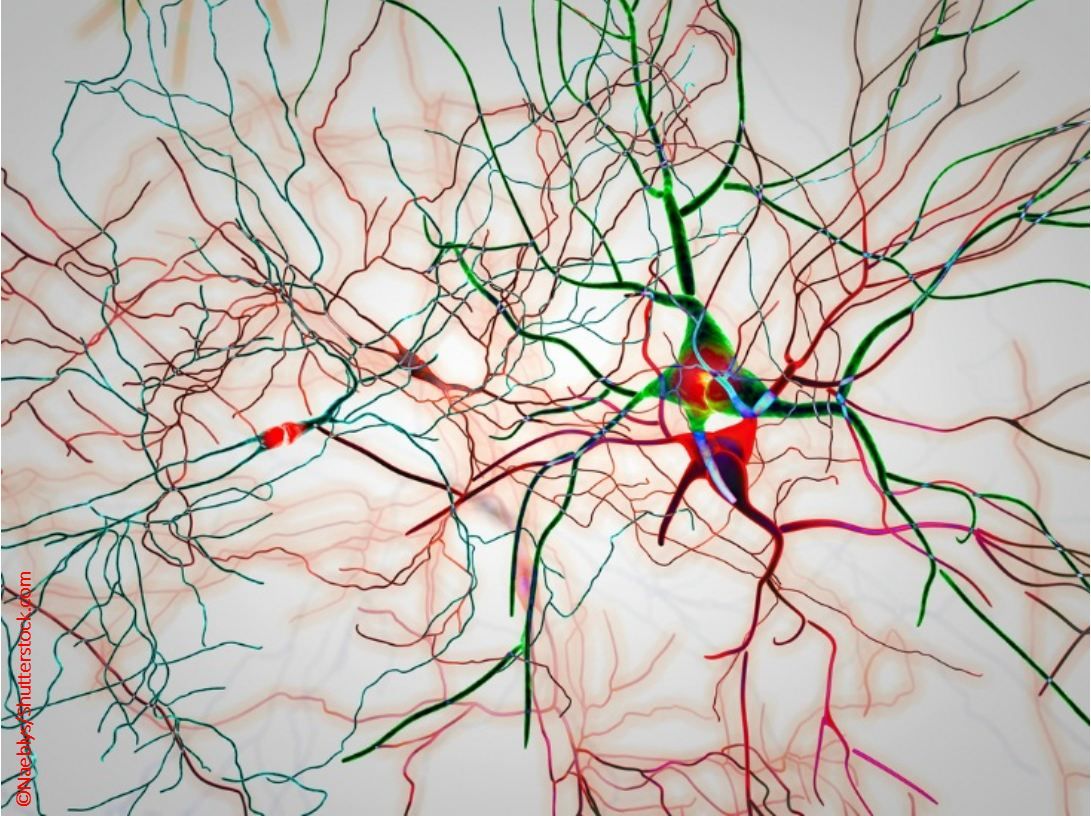- Clinical Technology
- Adult Immunization
- Hepatology
- Pediatric Immunization
- Screening
- Psychiatry
- Allergy
- Women's Health
- Cardiology
- Pediatrics
- Dermatology
- Endocrinology
- Pain Management
- Gastroenterology
- Infectious Disease
- Obesity Medicine
- Rheumatology
- Nephrology
- Neurology
- Pulmonology
Long COVID Emotional Symptoms Associated with Changes in Brain Structure and Function
Even after mild cases of COVID-19, imaging found evidence of tissue atrophy and aberrant connectivity in persons with long-COVID-related anxiety, depression.
Persons with long COVID who experience anxiety and depression months after an acute mild infection with SARS-CoV-2 may have related changes in brain structure, including gray matter atrophy, as well as severe disruption of brain functional connectivity.

These study findings were released in an abstract in advance of the 2023 American Academy of Neurology (AAN) 2023 Annual Meeting.
Investigators, led by Clarissa Yasuda, MD, PhD, of the University of Campinas in São Paulo, Brazil, found that when compared to persons who had no symptoms following a CVOID-19 infection, those with long COVID who had both anxiety and depression showed tissue atrophy in the limbic area and an extensive pattern of hyperconnectivity, both of which suggest an association with cognitive dysfunction, the authors wrote.
Yasuda et al write that while anxiety and depression are common symptoms seen in persons with long COVID there little research available on potential changes in brain morphology or processing.
For their study Yasuda and colleagues evaluated a group of 254 individuals who had experienced mild COVID-19 a median of 82 days after a positive RT-PCR test. Individuals completed the Beck Depression Inventory and Beck Anxiety Inventory tests and underwent a 3T MRI study. The cohort comprised 177 women and the median age was 41 years. The group was then divided into an asymptomatic group (n=152) and a simultaneous group (n=102; people assessed with simultaneous anxiety and depression symptoms).
To assess gray matter atrophy the team used voxel-based morphometry and compared the 2 study groups with 148 healthy persons as controls. The analysis of functional connectivity included resting state fMRI of 12 large-scale brain networks conducted on 84 participants in the asymptomatic group, 70 in the simultaneous group, and 90 control participants. The team reported results with P<.05 after adjusting for false discovery rate.
FINDINGS
Yasuda et al report that the simultaneous group, with both anxiety and depression, showed both structural and functional abnormalities while the asymptomatic group demonstrated fewer functional alterations and no alterations in gray matter. There was a widespread, bilateral pattern of hyperconnectivity across the 12 brain networks studied among those in the simultaneous group as well as changes in gray matter in the left cingulum and inferior frontal lobe. Among asymptomatic participants, hyperconnectivity was seen but in only 5 of the 12 networks considered and involving only 9 of 70 regions-of-interest.
“Our results suggest a severe pattern of changes in how the brain communicates as well as its structure, mainly in people with anxiety and depression with long COVID syndrome, which affects so many people,” Yasuda said in a release from AAN. “The magnitude of these changes suggests that they could lead to problems with memory and thinking skills, so we need to be exploring holistic treatments even for people mildly affected by COVID-19.”
Source: Da Costa BA, et al. Anxiety and depression are associated with limbic atrophy and severe disruption of brain functional connectivity after mild COVID-19 infection. To be presented at the American Academy of Neurology 2023 Annual Meeting; April 22-27, 2023; Boston, MA.
